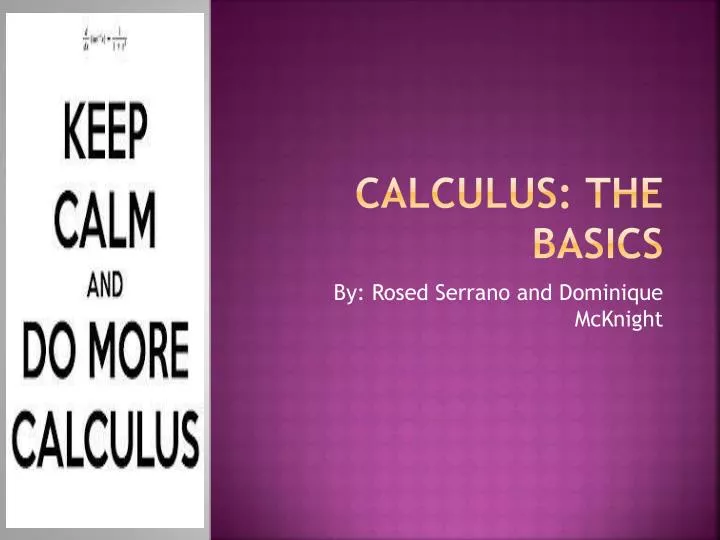

The formula of a derivative is denoted by as (dx/dy) or as a symbol f’(x). These derivatives are something that defines certain set of rules and we need to follow those rules to arrive the value at that precise point of time. We have just one point and to derive the value at that precise moment we use the method termed as derivative. In such cases we don’t have the two points needed to find the slope using the rise and run formula. These kinds of complex functions are used in mission critical projects like spacecrafts. We need to know that exact moment which provides the maximum benefit. These precision is needed in studying complex functions like drug delivery process where drug dozes and timing of delivery is critical in treating a disease. rate of change of the function at a particular moment of time.

On the other hand if we want to find the exact value i.e. This provides us with estimate value of the rate of change of that function during a specified time interval and it could be between few minutes to few days to few years. The simple formula ( rise over run) to calculate the slope where rise is the height on the y-axis and the run is the distance on the x-axis. In order to find that slope we need to specify two points on the curve depicting two time points in the time interval on the x-axis. These are blocks of time and the change of thing could be anything from weather change to population change to change in stock prices to change in commodity market. determined over time and there are specified time intervals that could in seconds or minutes or days or weeks to years or decades. It determines the rate of change of the function and the function describes the curve. The second aspect is finding the steepness of a curve technical termed as the slope. This is a simplistic illustration of a mathematical function or the integral form of calculus. Now if the two ends of the curve on the x-axis is represented lets say by 5 and 8, we can derive the area as.

There is formula to calculate the area under the curve denoted by symbol as (∫) and the formula can be defined (∫x^3dx=x^3/3). The curve gets represented on the x-axis and we need to know the exact area under that curve bounded by three straight lines one on the x-axis and two others on the y-axis. Now we want to find the area of such a shape placed on a two dimensional graph of x-axis and y-axis. This is merely a mathematical notation to describe that curve using a function. Every such curve is described by a function and for instance it may look like f(x)=x^3 or f(x)=3x+x^2+1. In these cases the curve that forms the boundary of the odd shaped object needs to be defined before we could calculate and derive the area of the object. So, the important question does remain how we solve such a problem. That is not the case with non-standard objects like a leaf or a stone as we don’t have a standard formula. We just need to feed the value for the variables and we have the area of the standard shape in front of us. In case of square and rectangle we have the formula ( A=l*b ), in case of circle we have the formula ( A=πr^2 ) and in case of triangle we have the formula ( A=1/2(b*h) ). In the case of standard shapes we have standard formulas to calculate the area or volume. For instance take the shape of a leaf to the shape of a stone where it is odd shaped. There are standards shapes like square, rectangle, and circle to triangle and there are non-standards shapes which don’t have a name and it comes in all possible forms. The first aspect is finding the areas and volumes of different objects.


 0 kommentar(er)
0 kommentar(er)
